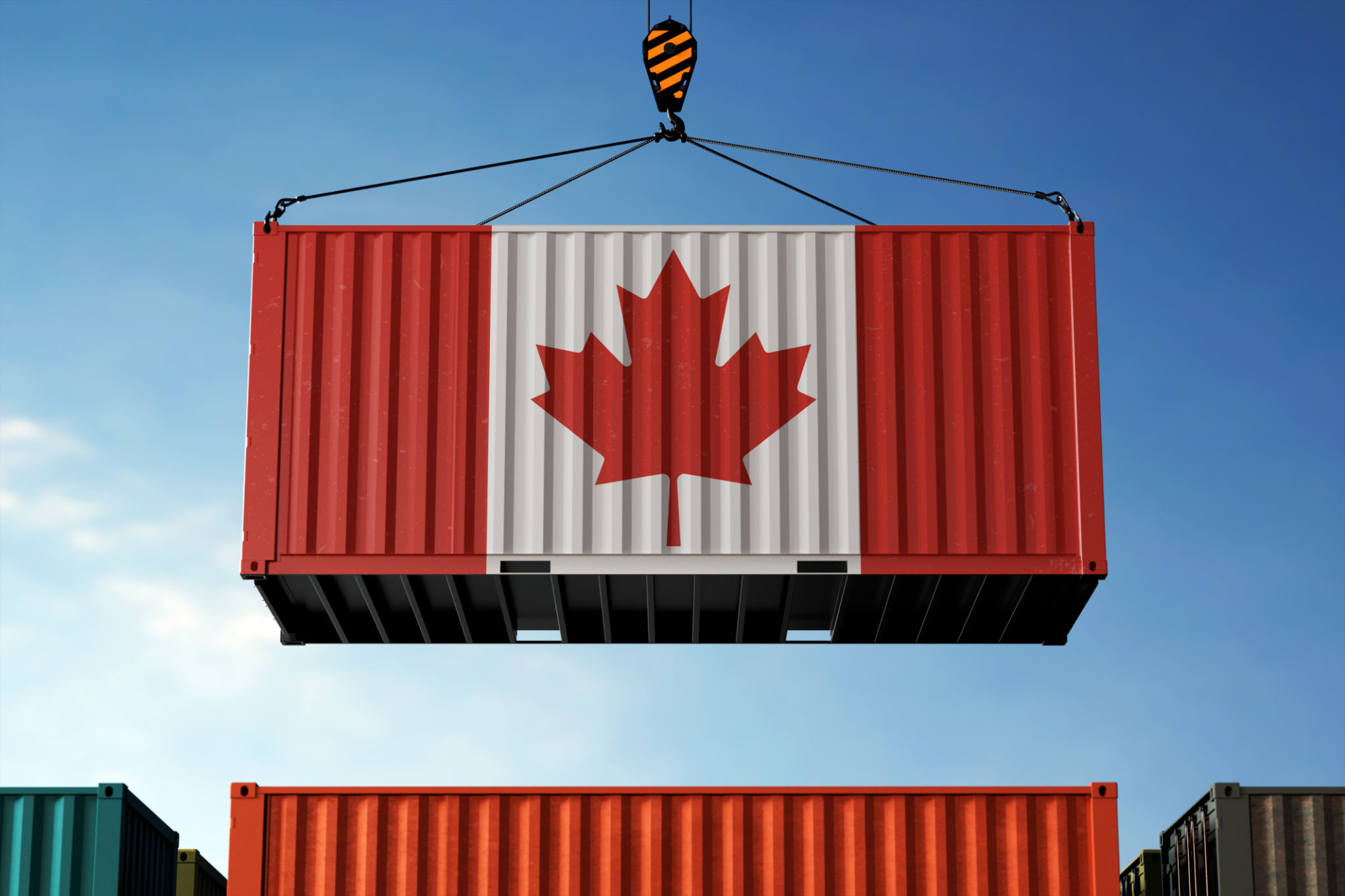Harnessing the Power of Predictive Analytics in Textile Exports
Understanding Predictive Analytics in the Textile Industry
In today's competitive global market, textile exporters are constantly seeking ways to stay ahead of the curve. Predictive analytics has emerged as a powerful tool, enabling businesses to anticipate trends, optimize operations, and enhance decision-making processes. By leveraging data and advanced algorithms, companies can gain valuable insights into market dynamics and consumer preferences.
Predictive analytics involves analyzing historical data to forecast future outcomes. In the textile industry, this could include predicting demand for certain fabrics, identifying potential supply chain disruptions, or anticipating shifts in consumer behavior. These insights empower exporters to make informed decisions, ultimately improving their competitive edge.

Benefits of Predictive Analytics for Textile Exporters
The integration of predictive analytics into textile exports offers numerous benefits. One of the most significant advantages is the ability to optimize inventory management. By accurately forecasting demand, companies can reduce excess stock and minimize waste, leading to cost savings and increased efficiency.
Additionally, predictive analytics can enhance customer satisfaction by ensuring that the right products are available at the right time. This not only improves sales but also strengthens brand loyalty. Moreover, by anticipating market trends, textile exporters can develop innovative products that meet emerging consumer needs.
Improving Supply Chain Efficiency
Another critical area where predictive analytics can make a substantial impact is supply chain management. Exporters can foresee potential disruptions and take proactive measures to mitigate risks. For instance, by predicting raw material shortages or transportation delays, companies can adjust production schedules and avoid costly interruptions.

Implementing Predictive Analytics in Textile Exports
For textile exporters looking to harness the power of predictive analytics, the implementation process is crucial. It begins with collecting high-quality data from various sources, such as sales records, customer feedback, and market reports. This data serves as the foundation for building accurate predictive models.
Next, businesses need to invest in the right technologies and tools. Advanced analytics software and cloud-based platforms enable companies to process large volumes of data efficiently. Additionally, collaborating with data scientists or hiring skilled analysts can help ensure that predictive models are correctly developed and interpreted.
Overcoming Challenges
While predictive analytics offers immense potential, textile exporters may face challenges in its implementation. Data quality and integration issues can hinder the accuracy of predictions. Companies must also address concerns related to data privacy and security, ensuring compliance with relevant regulations.

The Future of Predictive Analytics in Textile Exports
As technology continues to advance, the applications of predictive analytics in textile exports will expand. Emerging technologies like artificial intelligence and machine learning will enhance the accuracy and efficiency of predictive models, providing even deeper insights into market trends.
In conclusion, harnessing the power of predictive analytics presents a significant opportunity for textile exporters. By leveraging data-driven insights, companies can optimize their operations, improve customer satisfaction, and maintain a competitive edge in a rapidly evolving industry. The future of textile exports lies in embracing these innovative tools and strategies.